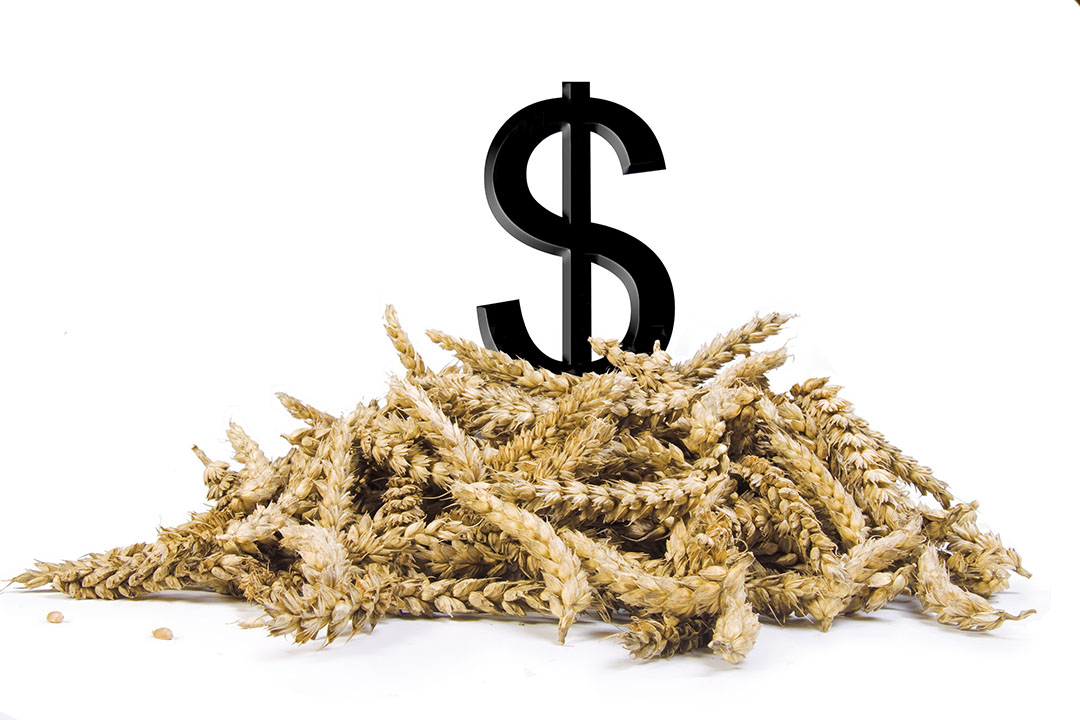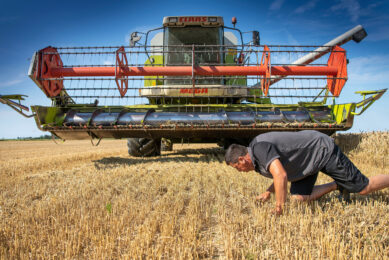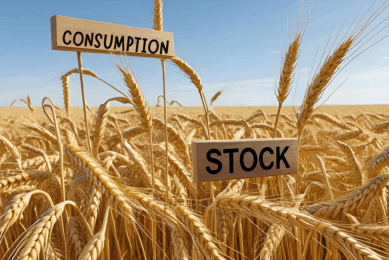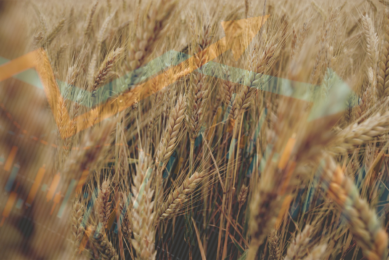Increase in FAO Cereal Price Index

Global food prices held broadly stable in December, with rising international cereal prices offsetting declining sugar and dairy quotations, according to the Food and Agriculture Organization of the United Nations (FAO).
The FAO Food Price Index averaged 161.7 points in December, compared to a revised level of 161.6 points in the previous month. The index, which serves as an indicator of the monthly change in the international prices of a basket of food commodities, averaged 168.4 points for the whole of 2018, some 3.5% lower than in 2017 and almost 27% below the high point reached in 2011. While the international prices of all major cereals rose over the last year, those of the other tracked commodities declined, with sugar dropping the most.
Also read: International food commodity prices dipped in October, as falling dairy, meat and vegetable oils prices more than offset a surge in sugar prices, the United Nations said today. Read more…
Weather effects for cereals
The FAO Cereal Price Index increased by 1.8% in December from November and 9.6% from December 2017. Wheat and maize prices rose during the month, due to weather effects in the southern hemisphere, while rice prices declined for the 6th successive month. FAO’s most recent forecasts anticipate global output of wheat and maize to fall in 2018 while that of rice to set a new record. Global suppliers of all the major cereals are more than sufficient and inventories are still ample.
Also read: The International agricultural food commodity prices fell in June for the first time in 2018, as trade tensions affected markets even with global production prospects down. Read more…
Other indexes
Oils
The FAO Vegetable Oil Price Index rose by 0.4% in December, ending 10 consecutive months of decline, led by a rebound in palm oil prices. International soy oil prices continued to drift downward, impacted by ample supplies in the United States and weak demand in the European Union. The sub-index averaged 15% lower in 2018 than in the previous year, with palm oil prices posting the largest decline.
Meat
The FAO Meat Price Index posted an a 0.8% increase during the month, led by a recovery in pigmeat prices, which were supported by strong global import demand, especially from Brazil. The index was down 2.2% on an annual basis.
Dairy
The FAO Dairy Price Index declined by 3.3% from November, marking its 7th successive monthly drop, led by lower price quotations for butter, cheese and whole milk powder. The index fell by 4.6% from 2017, as a result of declines in the prices of all dairy products during the second half of the year.
Sugar
The FAO Sugar Price Index fell by 1.9% in the month, in part due to reportedly faster sugar production growth in India and in part to falling international prices of crude oil, which lower the demand for sugarcane to produce ethanol while boosting supplies for the production of sugar, notably in Brazil, the world’s largest producer. Overall for 2018, the index fell by almost 22% from 2017.
Source: FAO











